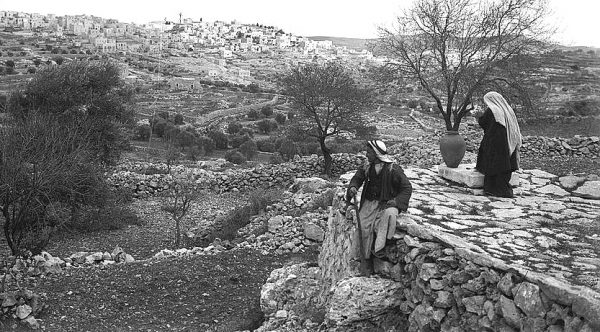Hopes, Fears, and Living
During the Civil War, Phillips Brooks served as an Episcopal priest in Philadelphia. After the war, he spent a year traveling in Europe and the Holy Land. Brooks wrote a letter home about what he did on December 24, 1865. He wrote that, after an early lunch, he and some companions rode on horseback for two hours until they reached Bethlehem. He said that it was a good-looking town and better built than any they had seen in the area. The town was on a ridge in a range of hills. Terraced gardens surrounded it. Before dark, they rode out to a field where local people said the angels had appeared to the shepherds. Shepherds were keeping watch over their flocks that night that Brooks was in Bethlehem.

Brooks loved children and liked to be their friend. He enjoyed getting down on the floor and playing with them. While on his trip to the Holy Land, he wrote to the children of his church to tell them about seeing Bethlehem. In 1868 he wrote a poem, “O Little Town of Bethlehem.” He told his church’s organist, Lewis H. Redner, that he had written a “simple little carol” for the Christmas Sunday School service. He asked Redner if he would write music to it. Neither Brooks nor Redner thought that anyone would sing the song again after that Sunday School service.
Hymns had been in Brooks’ heart from childhood. Brooks’ father instructed Phillips and his two brothers to learn a new hymn every Sunday. They then recited them in front of their family. His father kept a little book where he carefully recorded the hymns that each son learned. By the time Brooks went to college, he knew 200. He often quoted lines from them in his sermons.
We sang the first verse of “O Little Town of Bethlehem” in our YouTube church service on Sunday afternoon. Ray pointed out that to him the last two lines of that verse are some of the most profound that have been written (outside of God’s Word, of course).
This is a year when we have all thought about our hopes and fears, perhaps more than in other years. As you read those last two lines below, I pray that you find comfort in the One in Whom the hopes and fears of all the years were met one night long ago in Bethlehem. The apostle John’s first letter says that God sent His only Son in the world so that we may live through Him. In the midst of teaching your children and all the other responsibilities that you carry, don’t forget to lay down your fears, put your hope in Jesus, and live, really live—through Him.
O Little Town of Bethlehem
Phillips Brooks
O little town of Bethlehem
How still we see thee lie.
Above thy deep and dreamless sleep
The silent stars go by,
Yet in thy dark streets shineth
The Everlasting Light.
The hopes and fears of all the years
Are met in thee tonight.
By this the love of God was revealed in us,
that God has sent His only Son into the world
so that we may live through Him.
1 John 4:9
*My source for historic information in this post is Studies of Familiar Hymns by Louis F. Benson, D.D., published in 1903. The first entry in his book was “O Little Town of Bethlehem.”

